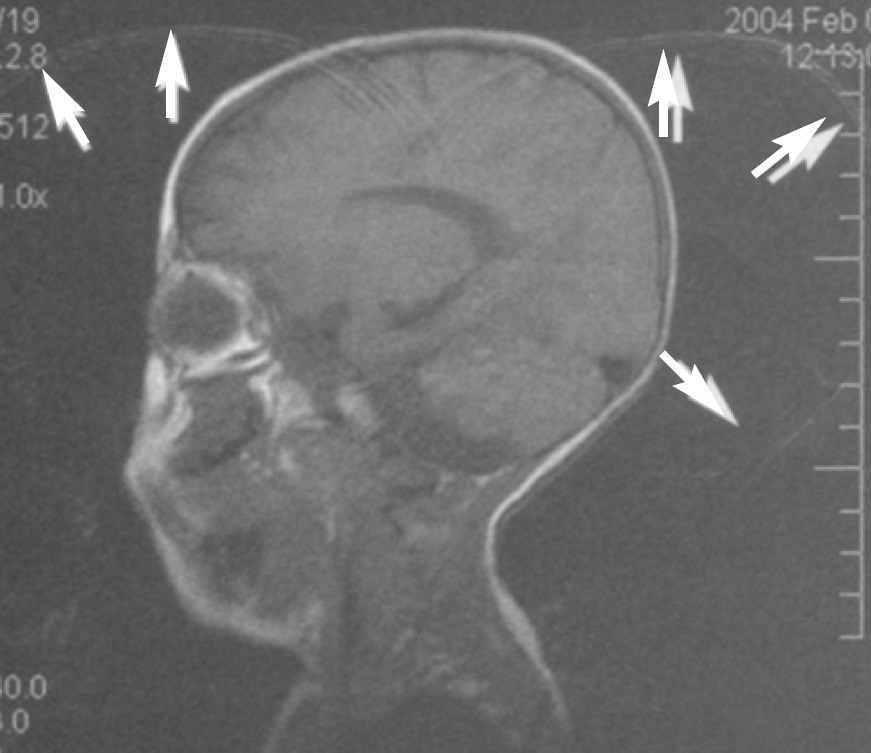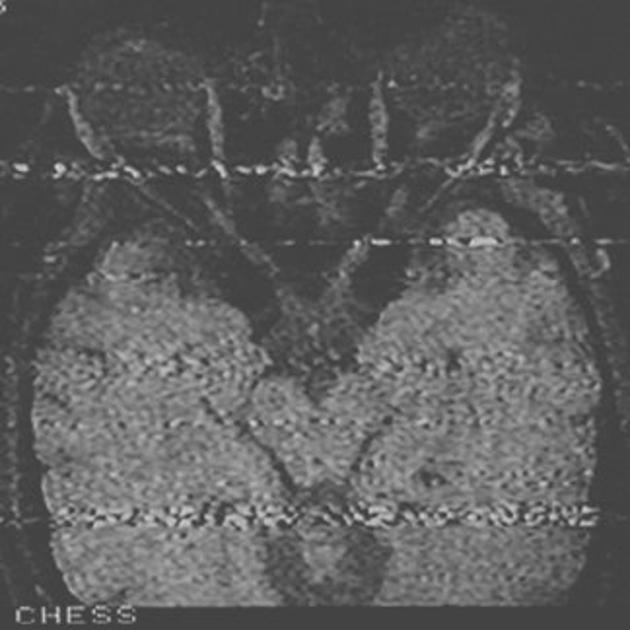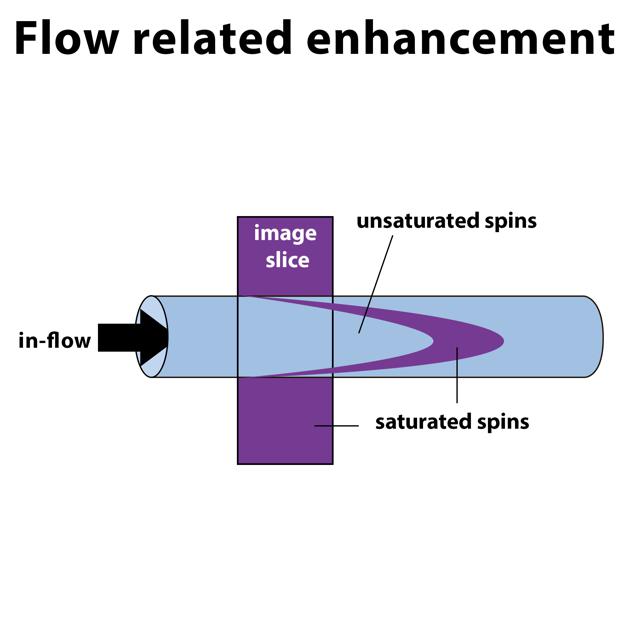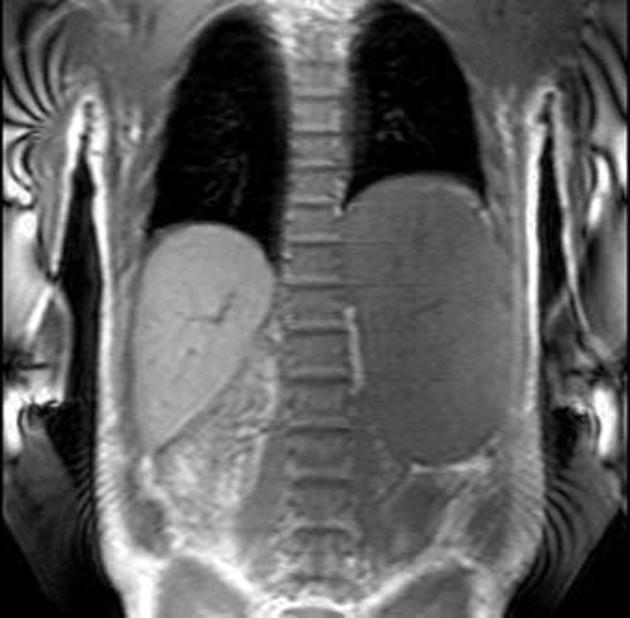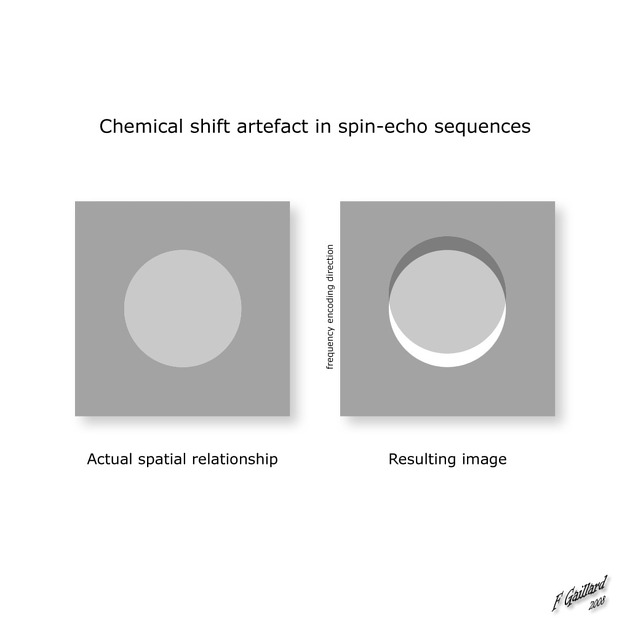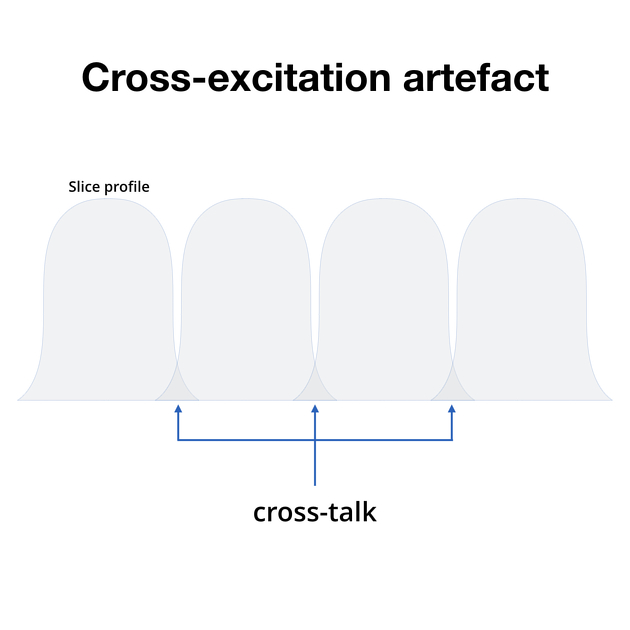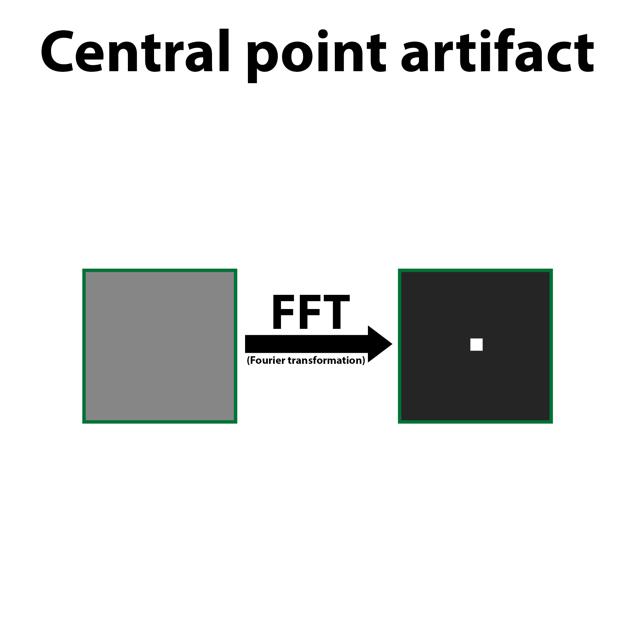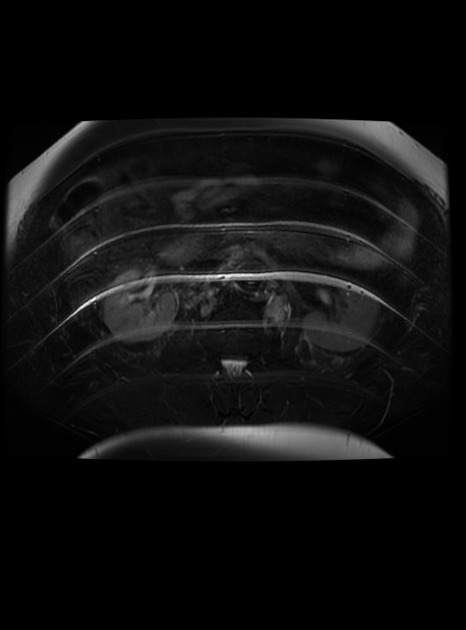MRI artifacts
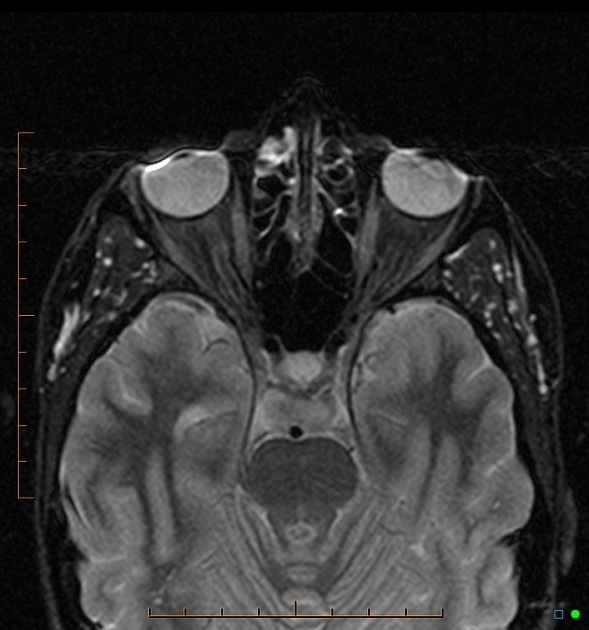
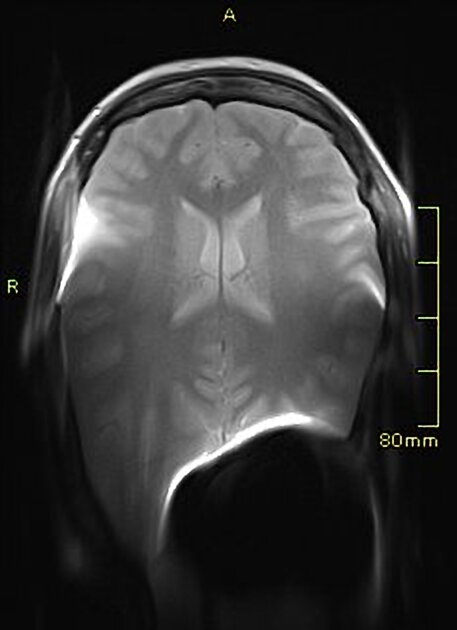
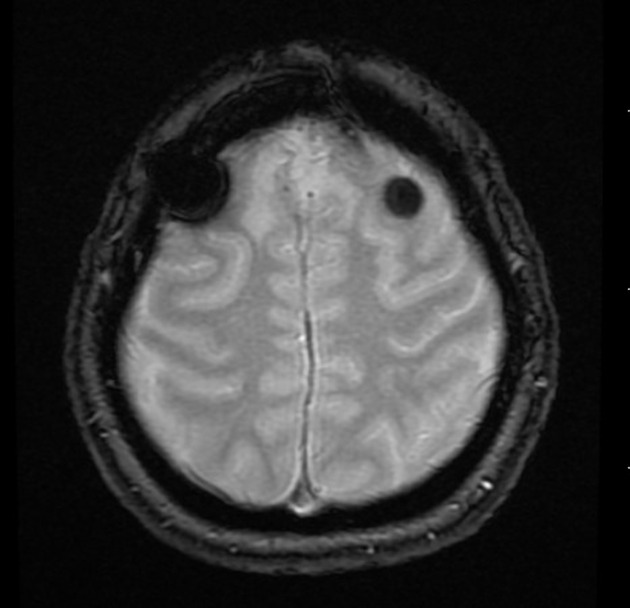

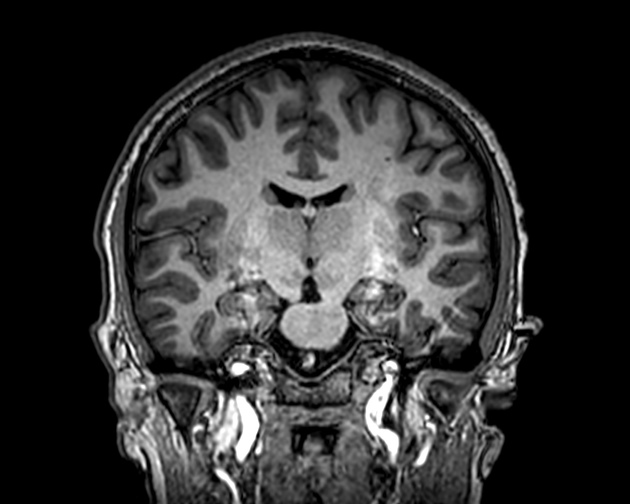



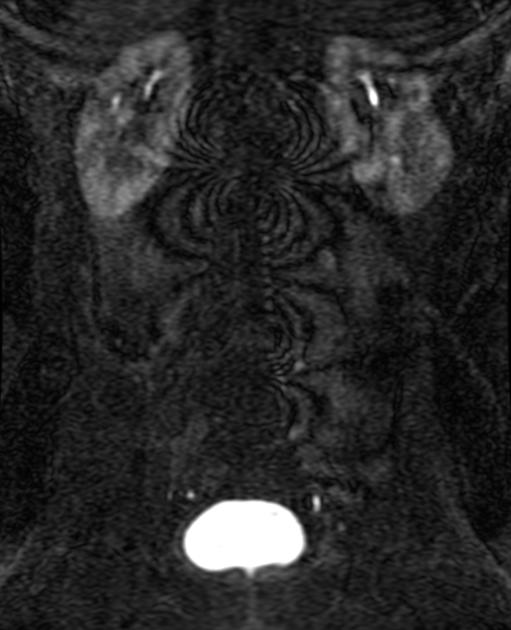
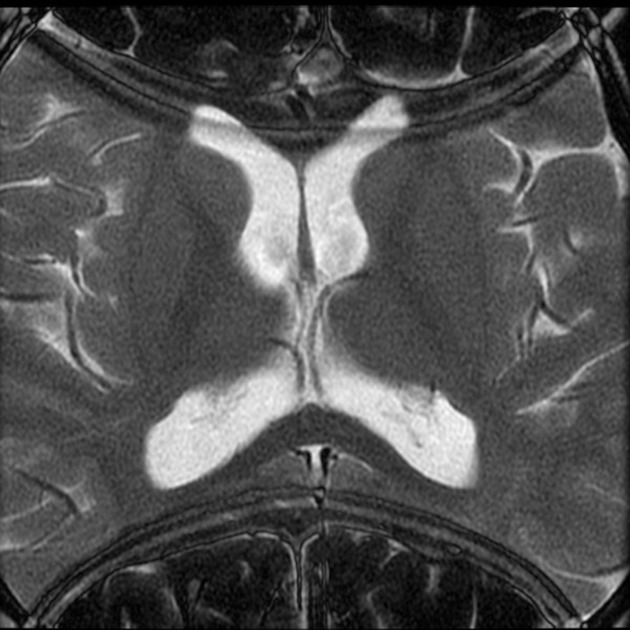
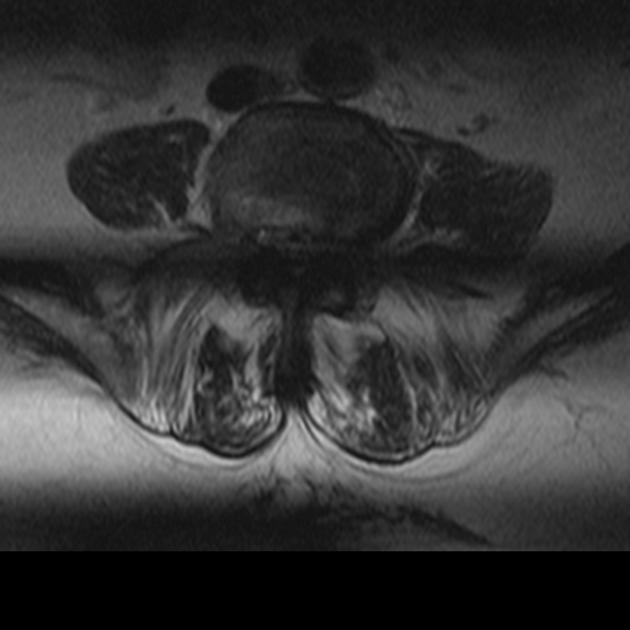

MRI artifacts are numerous and give an insight into the physics behind each sequence. Some artifacts affect the quality of the MRI exam while others do not affect the diagnostic quality but may be confused with pathology.
When encountering an unfamiliar artifact, it is useful to systematically examine general features of the artifact to try and understand its general class. These features include:
Classification of the artifact type may give one an idea about how to try to fix it.
Artifacts are caused by a variety of factors that may be patient-related such as voluntary and physiologic motion, metallic implants or foreign bodies. Finite sampling, k-space encoding, and Fourier transformation may cause aliasing and Gibbs artifact. Characteristics of pulse sequences may cause black boundary, Moiré, and phase-encoding artifacts. Hardware issues may cause central point and RF overflow artifacts.
Remember that artifacts are not all bad, and that occasionally they are intentionally exploited, e.g. susceptibility artifact.
The artifacts
Many artifacts have a characteristic appearance and with experience they can be readily identified.
MRI hardware and room shielding
- zipper artifact
- herringbone artifact
- zebra stripes
- Moiré fringes
- central point artifact
- RF overflow artifact
- inhomogeneity artifact
- shading artifact
- aliasing artifact (also known as wrap around artifact)
- starry sky artifact
MRI software
- slice-overlap artifact (also known as cross-talk artifact)
- cross excitation
Patient and physiologic motion
Tissue heterogeneity and foreign bodies
- black boundary artifact
- magic angle effect
- magnetic susceptibility artifact
- chemical shift artifact
- dielectric effect artifact
Fourier transform and Nyqvist sampling theorem
Siehe auch:
- zipper artifact
- entry slice phenomenon
- chemical shift artifact
- black boundary artifact
- moire fringes
- zebra stripes
- Suszeptibilitätsartefakt
- Einfaltungsartefakte
- slice-overlap artifact
- Liquorpulsationsartefakte
- Gibbs-Artefakte
- central point artifact
- magic angle effect
- zero-fill artifact
- phase-encoded motion artefacts
- aliasing
- cross excitation
- MR-Artefaktkurs
- RF overflow artifacts
- Corduroy-Artefakt
und weiter:

 Assoziationen und Differentialdiagnosen zu Artefakte in der Magnetresonanztomographie:
Assoziationen und Differentialdiagnosen zu Artefakte in der Magnetresonanztomographie:
